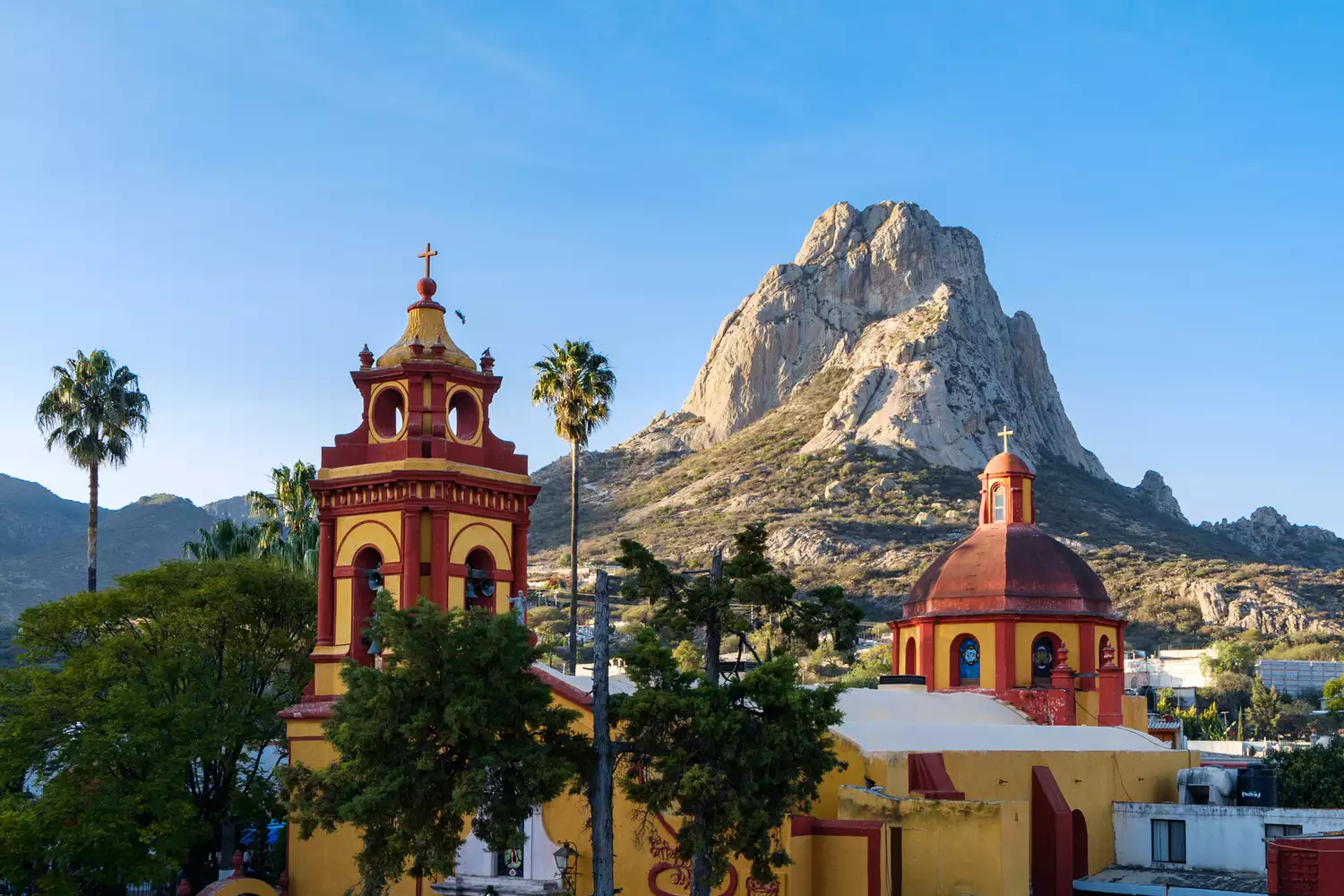
From north to south and east to west, Mexico is home to various mountain chains. Others are home to rattlesnakes and tall cacti, while some depict year-round snowy landscapes. There are those with perilous cliffs and unusual copper-colored rocks, and there are those that have long supported indigenous communities. Some are simply remote mountains, most of them extinct volcanoes, that invite hikers to discover their natural beauty and lore.
In addition to their breathtaking beauty, several of these mountains are home to little villages that provide travelers the chance to have an unforgettable experience learning about new customs or crafts, tasting regional cuisine, and enjoying the outdoors through treks or climbs.
Morelos state: Tepoztlán
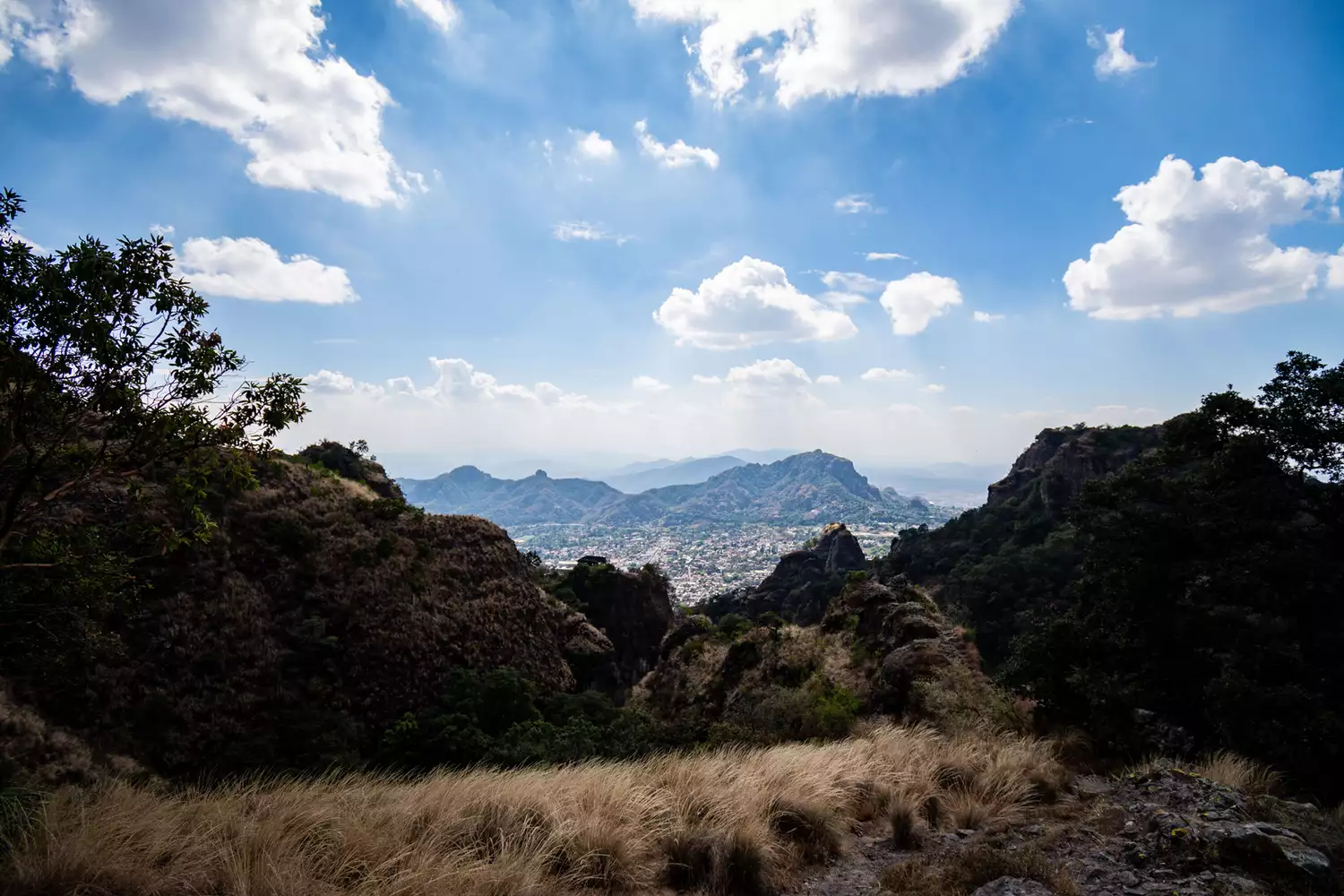
This community is surrounded by a magical and mystical aura. It is situated in the same-named national park, in the foothills of the Tepozteco mountain. The mountain is the subject of numerous myths and stories. According to legend, pre-Hispanic tribes thought that this was where the Aztec god Quetzalcoatl was born. But according to some contemporary urban tales, UFOs fly over it. You can find a pre-Hispanic pyramid there if you climb the hill and worship the god of the crops. Visitors looking to learn about regional artists and traditional crafts are welcomed by the cobblestone streets' bohemian vibe, especially on weekends when a crafts fair is held. Here, it is particularly important to honor pre-Hispanic civilizations, so many of the crafts are produced by custom. Traditional foods are also available for tasting at the market. There are several spas and wellness facilities that offer therapies based on ancient wisdom, such as timescales, which are sweat lodges that adhere to a purification ritual.
Other attractions in the town include the Carlos Pellicer Prehispanic Art Museum, which houses relics from the Mayan, Olmec, and Zapotec cultures, and the Former Convent of the Nativity, which UNESCO designated as a World Heritage Site in 1994.
Querétaro, Bernal
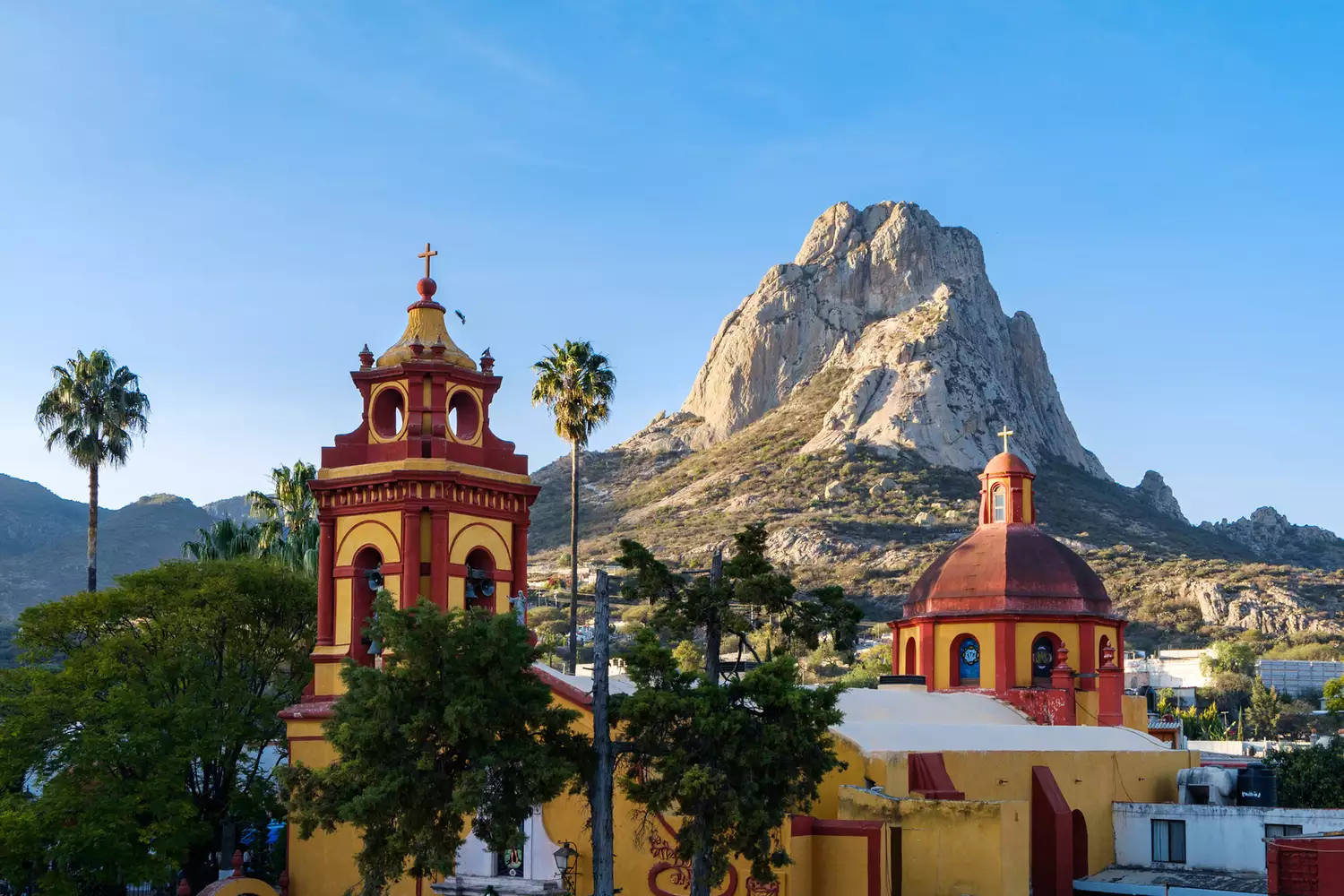
Pea de Bernal, which is a component of the Sierra Gorda mountain range, is the third-largest monolith (a mountain made up of a single enormous stone or rock) in the world. Outdoor pursuits like hiking or mountain climbing are the top attractions, and the peak can be seen from every angle in Bernal. Numerous spas provide energizing treatments because it's widely believed that the monolith bestows great energy on the community. This allows guests to make the most of their trip and return home with a more cheerful outlook. Independencia Street, the town's main thoroughfare, is home to vibrant homes, restaurants serving local cuisine (try the barbacoa, which is sheep meat steam-cooked in a subterranean furnace), gift shops, and museums like the Museum of the Mask. If you're looking for a traditional craft, wool-woven items, such as carpets, blankets, or coats, are the focus here. In this community, weaving on looms is still a practice that dates back a century. Additionally, if you have a sweet craving, you must taste the chewy sweets made with goat's milk before you go.
Taxco, Guatemala
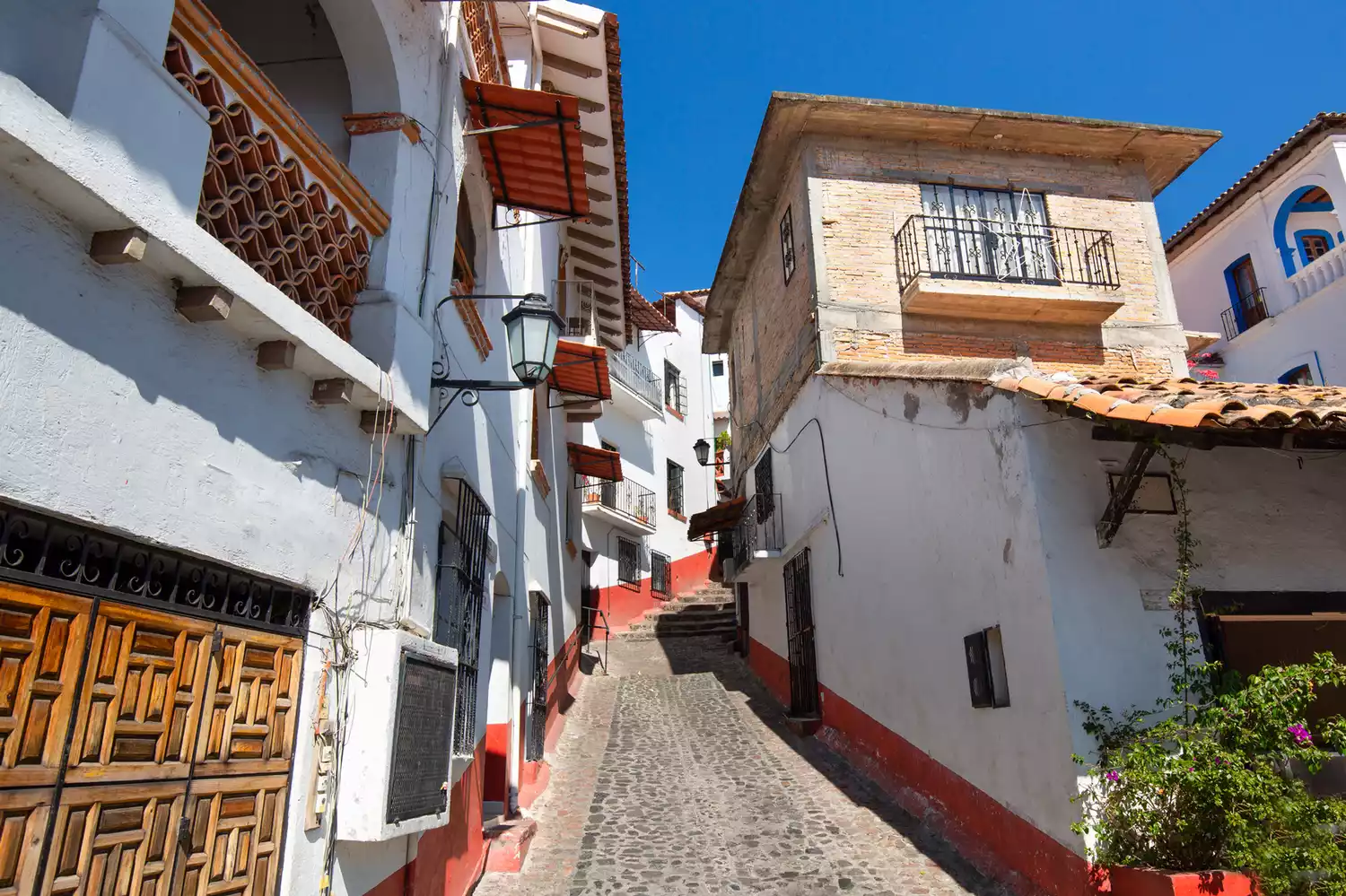
There are no better options if you like silver things. This town's specialty is silver, and it has pink quarry-style architecture and black stone streets. Formerly a very significant mining town, it is today mostly a center for jewelers and artisans who work with this valuable metal. As a result, it's a terrific place to find lovely jewelry at low rates, particularly in the Saturday-only Silver Market. Walking can be difficult because of the town's very steep streets, but standing at the top is the greatest place to take in the scenery. Take a cable car up to the summit, where the Monte Taxco hotel is located, to get there. When in Taxco, make sure to see the Parish of Santa Prisca, which features a Talavera-glazed pottery artisan dome and pink quarry towers, and the 65-foot-tall Christ figure that stands guard over the city from the Atachi summit.
Puebla's Zacatlán de las Manzanas
Apples are a big issue in this town, as you could expect. One of the major apple producers in the nation, it hosts an annual apple festival, and cider mills welcome tourists to see how the fruit is transformed into a fizzy pink beverage. Zacatlán is renowned for its mystique, largely because it is frequently foggy and the dense forest and comfortable cabins are ideal settings for legends, particularly when the weather turns chilly. A deeper climb up the mountain will reveal vibrant flowerbeds and new waterfalls. Visitors can also stand above the Los Jilgueros ravine on a crystal bridge. The town's central square, which has a huge floral clock, honors the mountain's natural splendor. The town is known for its monumental clocks; in fact, there is a Clock Museum that walks visitors through the process of making such intricate machines.
San Luis Potosi's Real de Catorce.
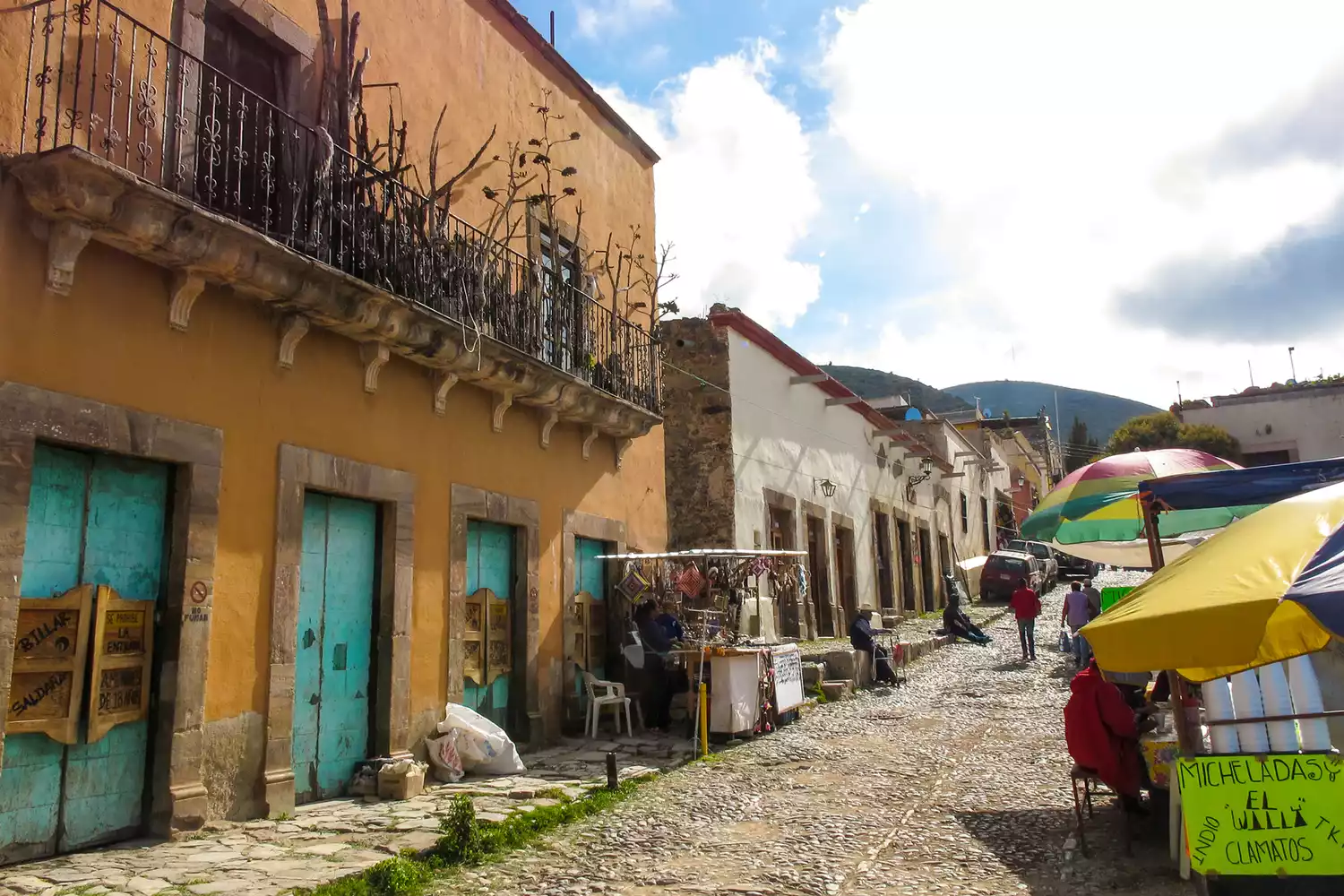
There are several myths about the history of Real de Catorce, which is also referred to be a ghost town. Some discuss the region's history of silver mining, while others recount tales of robbers, and yet more follow the mystical tales that are distinctive of the Huichol culture, the indigenous group that still resides there. Due to its mining history, this location includes several distinctive buildings, such as the iron kiosk that decorates Plaza Hidalgo, as well as unusual attractions, including the now-inactive mines itself. It is a desert adventure because Real de Catorce is situated in one of San Luis Potosi's most arid regions. A Jeep-like vehicle called a Willys, which is built to endure challenging terrain, is used to explore the desert.
The Chihuahua Creel
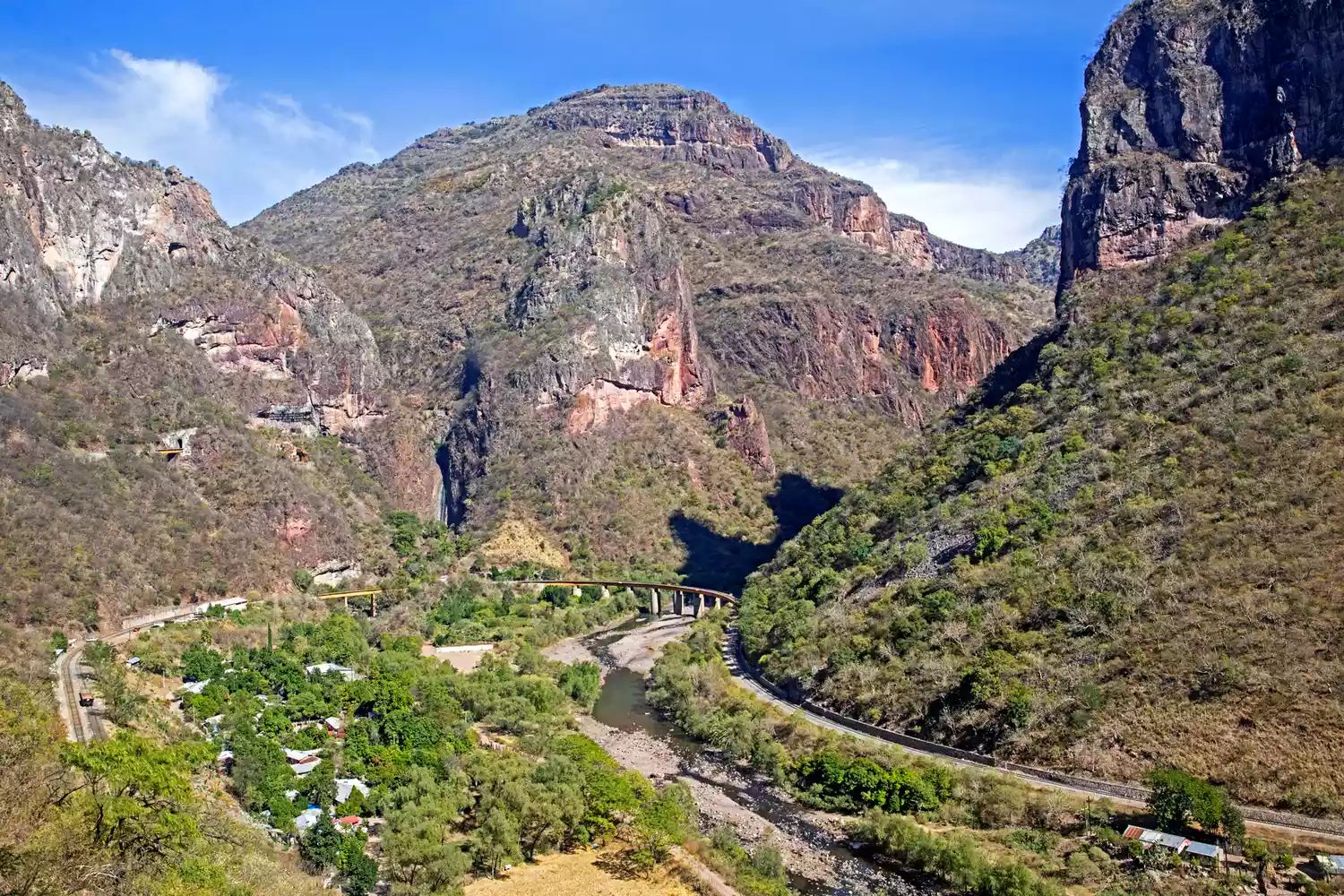
The Copper Canyons' (Barrancas del Cobre) natural beauty is unparalleled. It is the ideal location for adventure seekers due to its copper-green color and steep collection of canyons covered in pine, oak, and cactus plants. The Rarámuris are indigenous people that live in the Sierra Tarahumara, which includes the canyons. Since the area is so large, the only way to appreciate it is from beginning to end aboard the Chepe train, which travels alongside the canyons to allow passengers to fully appreciate their majesty. There are camping spots available, and valleys can be explored on foot, by mountain bike, or by climbing. Additionally, a cable car connecting two ravines provides breathtaking panoramic views. The finest spot to stay when visiting the canyons is in the small, picturesque town of Creel in the Sierra. The Arte Sacro museum is an excellent site to learn more about Rarámuri culture, which also includes traditional art and crafts like basket making.
Puebla, Cuetzalan
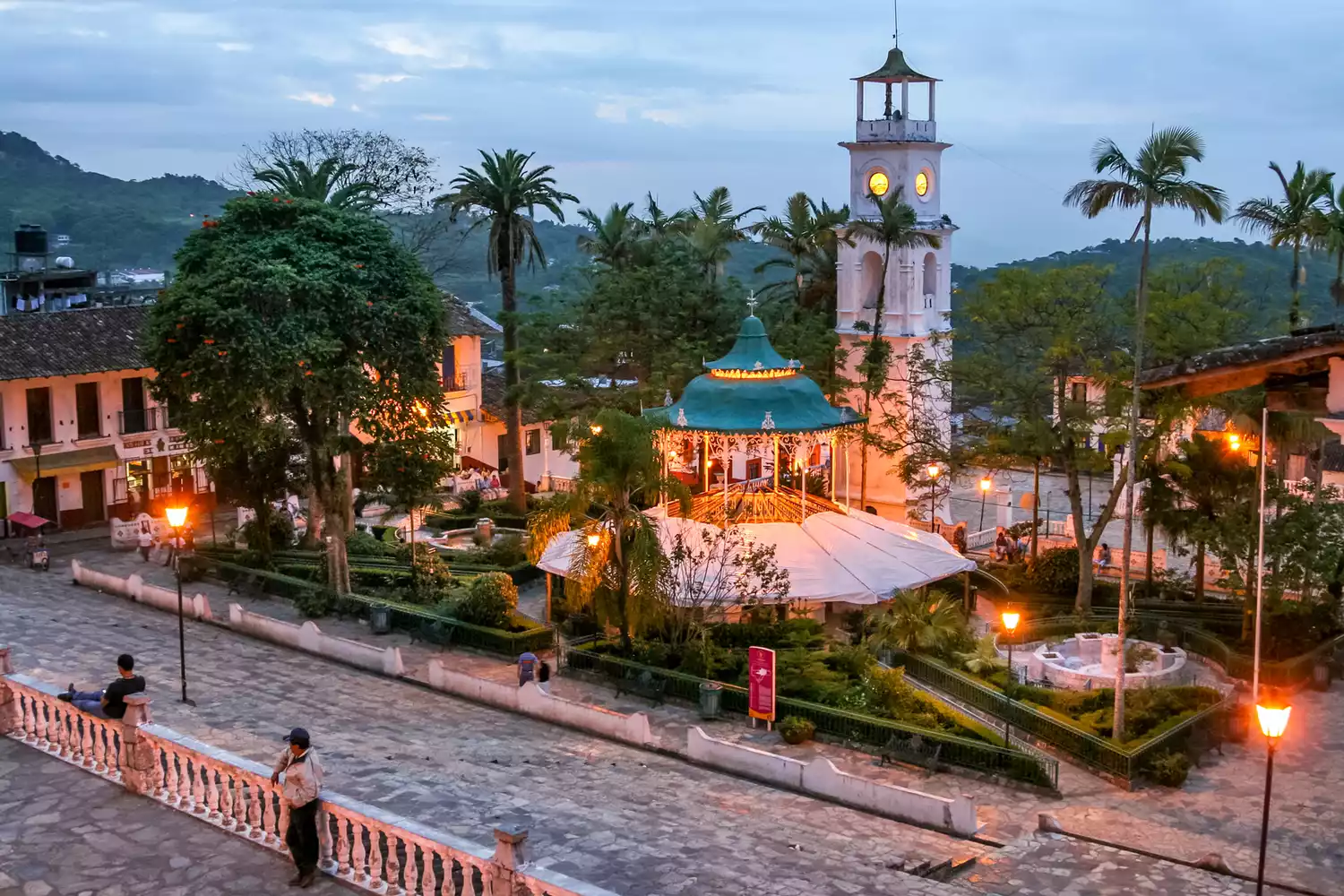
The nation's national bird, the quetzal, which was revered by numerous prehistoric societies, gave rise to the name of this town. Although there are no longer quetzals in these mountains, there are still many other bird species that draw birdwatchers. There are several daring activities available if you're seeking an adrenaline boost, ranging from rappelling to a zip line that crosses the Cuichat river. In this town, numerous pre-Hispanic customs have endured the test of time, like the ceremony known as the Quetzal Dance, which was even given the designation Intangible Cultural Heritage. Another is the custom of trading; as a result, there is a market on the weekends where local goods are exchanged without the use of money. The cultural center in Cuetzalan walks visitors through the development and customs of the town as they learn more about its history.
Hidalgo's Huasca de Ocampo
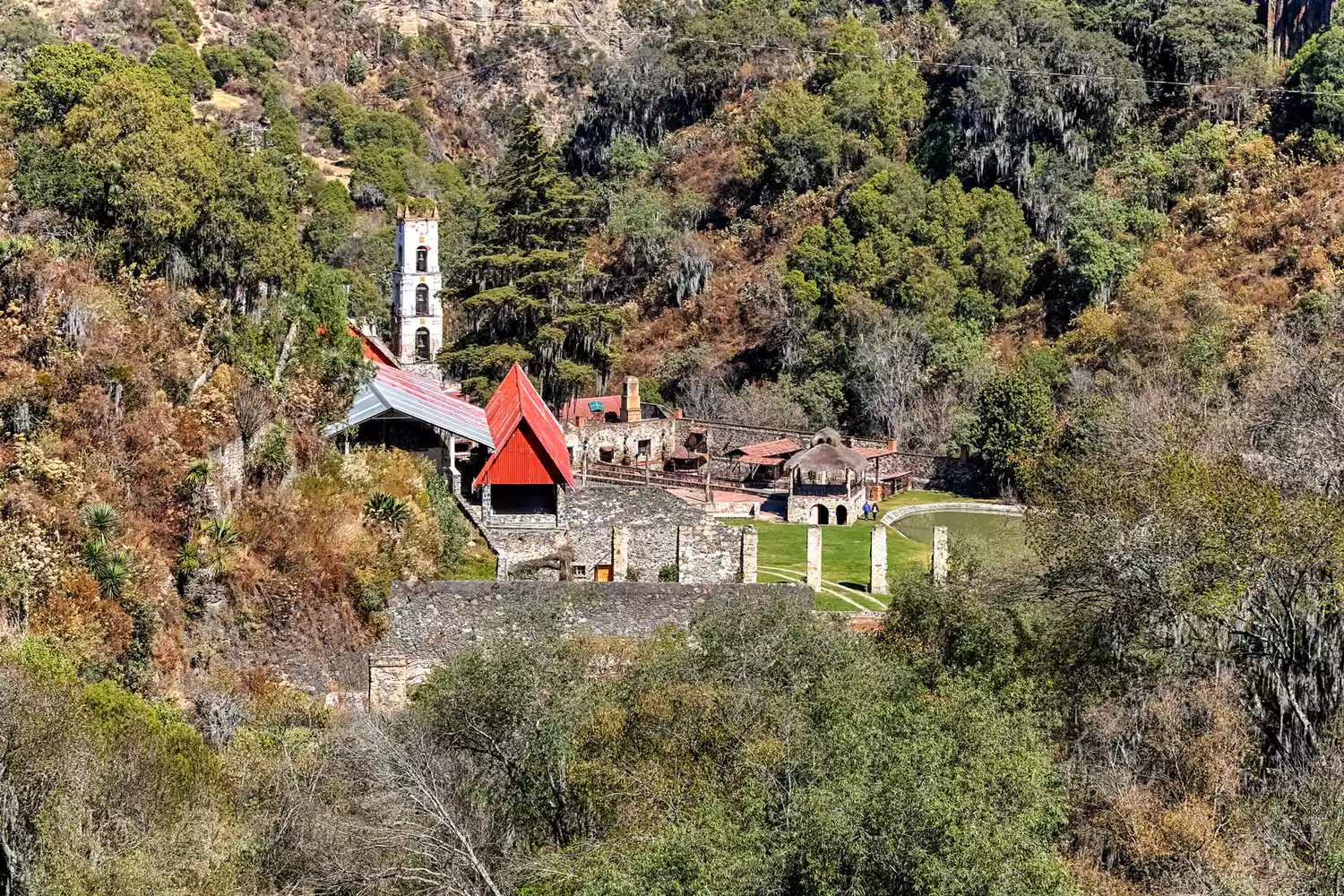
The basaltic prisms that are hidden in the forest of this mountain village are what distinguish this location as special. It is thought that the contrast between the hot lava and the cool river water caused these natural rock columns to form thousands of years ago. These 131-foot-tall rocks have a hexagonal shape as a result of weathering. You can walk there to see them, but be prepared to get wet because waterfalls surround them. Another choice is to ride a zip line to see them from above. Huasca de Ocampo boasts a lovely collection of old haciendas that speak to the glory of the town in the past, when it was known for its silver wares, in addition to its natural wealth. These days, some of its most exquisite products are hand-carved wooden objects and colorful pottery. Huasca still adheres to its magical ideas, even though many things have changed since it was first established. This town is the subject of many amazing tales, particularly those involving goblins and woodland spirits.

